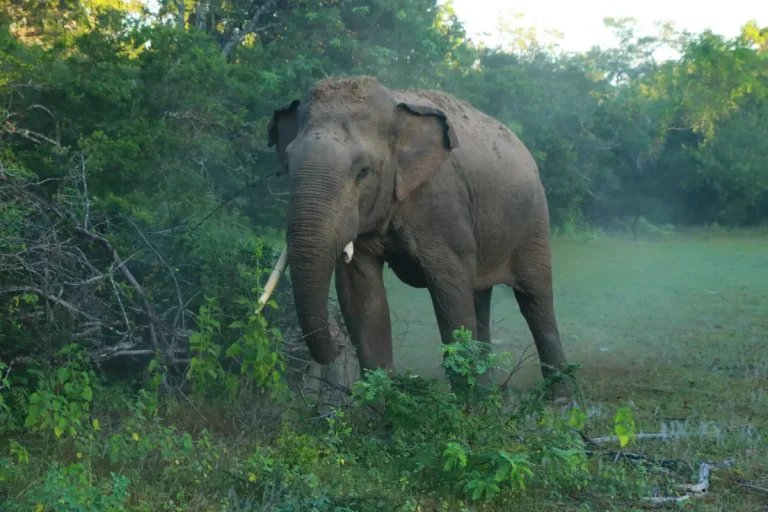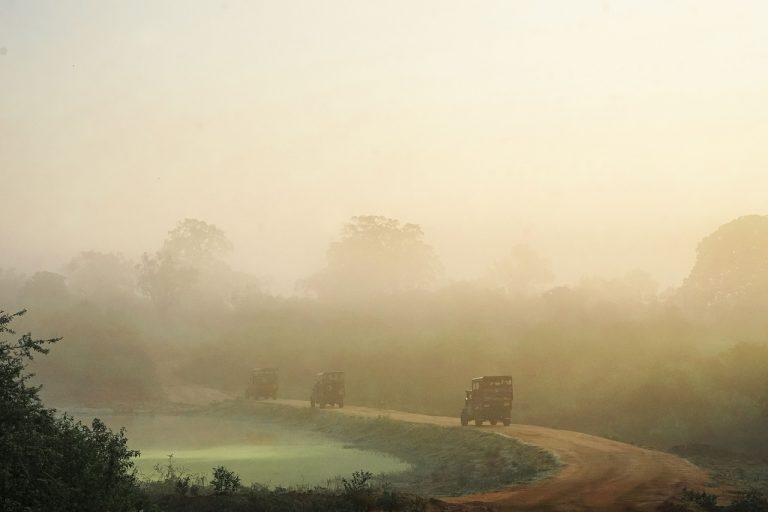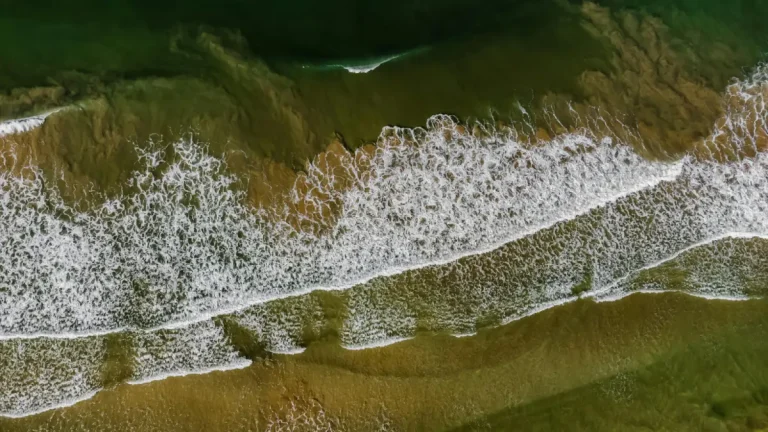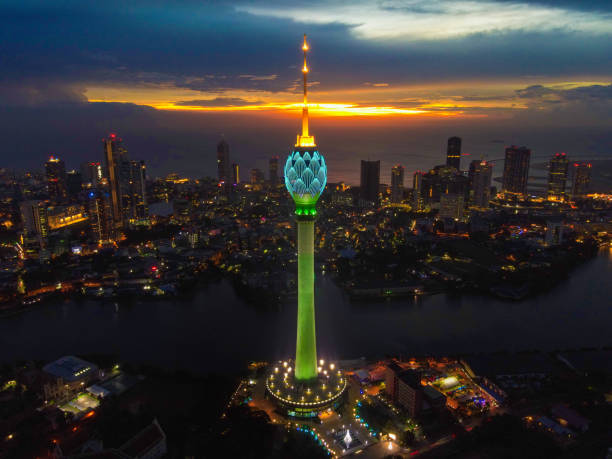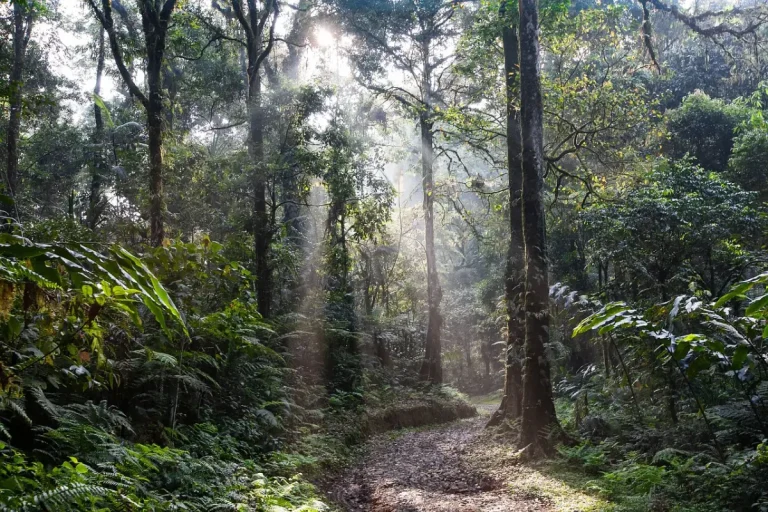Discover the Enchanting Wildlife of Sri Lanka
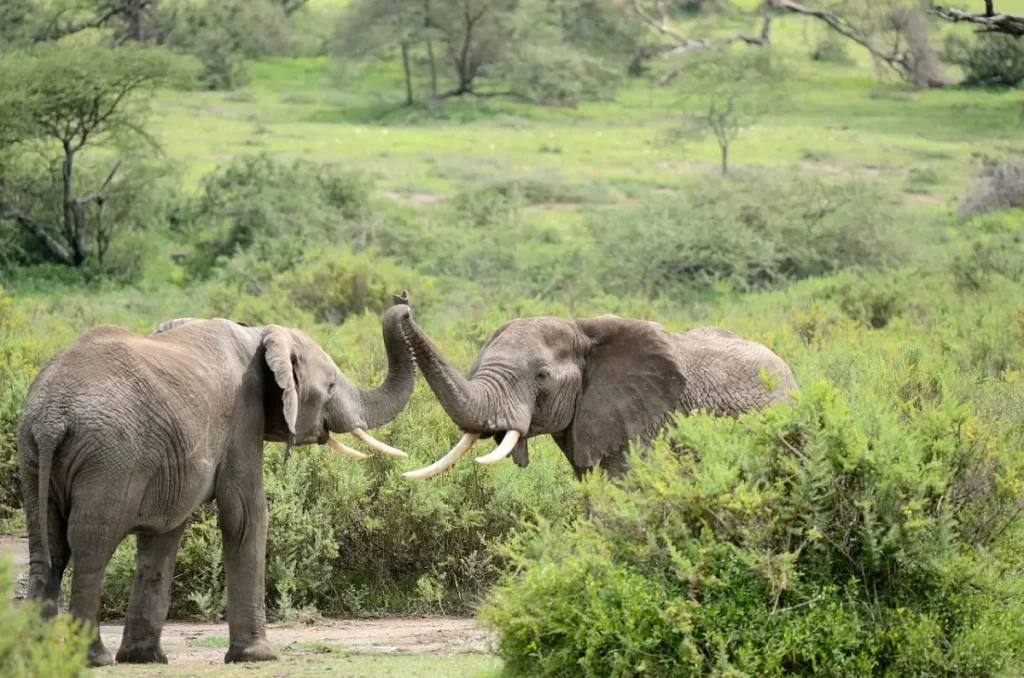
Sri Lanka, often referred to as the “Pearl of the Indian Ocean,” is a paradise for nature enthusiasts and wildlife lovers. This island nation, with its diverse landscapes ranging from lush rainforests to arid plains and golden beaches, is home to an extraordinary variety of flora and fauna. Despite its small size, Sri Lanka boasts a biodiversity that rivals much larger countries, making it a must-visit destination for those seeking a close encounter with nature.
A Biodiversity Hotspot
Sri Lanka is recognized as one of the world’s 34 biodiversity hotspots. Its unique geographical position and varying climates have given rise to an incredible range of ecosystems, including tropical rainforests, mangroves, wetlands, grasslands, and montane forests. These habitats support a rich variety of species, many of which are endemic to the island.
The country is home to over 100 species of mammals, more than 430 bird species, nearly 250 species of butterflies, and an impressive array of reptiles, amphibians, and marine life. From the elusive Sri Lankan leopard to the majestic Asian elephant, Sri Lanka’s wildlife offers a thrilling experience for visitors.
National Parks: Gateways to Nature
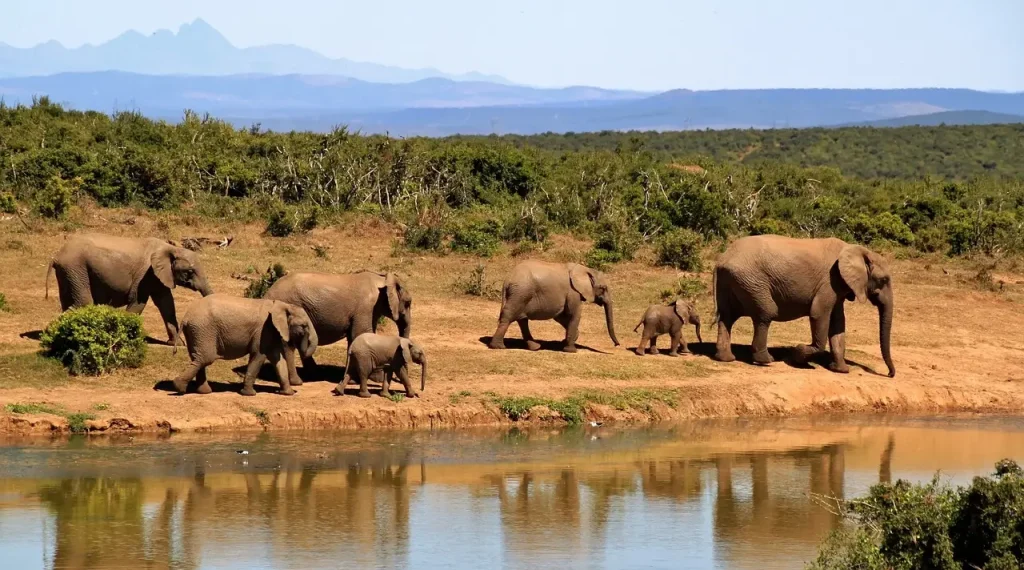
Sri Lanka’s extensive network of national parks provides safe havens for its wildlife. Each park has its unique charm and set of species to discover. Here are some of the most notable national parks in the country:
Yala National Park
Yala National Park is perhaps the most famous of Sri Lanka’s wildlife sanctuaries. Located in the southeastern region, it’s renowned for having one of the highest densities of leopards in the world. A safari through Yala offers a chance to spot not only leopards but also elephants, sloth bears, and a variety of bird species. The park’s diverse landscapes, from dry zones to coastal lagoons, add to its allure.
Udawalawe National Park
Udawalawe is synonymous with elephants. This park, situated in the southern part of the island, is one of the best places to see Asian elephants in their natural habitat. The Udawalawe Reservoir attracts large herds, especially during the dry season. Visitors can also spot water buffalo, sambar deer, and various raptors here.
Wilpattu National Park
Known for its unique “willus” (natural sand-rimmed water basins), Wilpattu National Park is a haven for wildlife enthusiasts. Located in the northwest, it is the largest national park in Sri Lanka and is home to leopards, sloth bears, and a plethora of bird species. Its less crowded nature makes it ideal for those seeking a serene wildlife experience.
Horton Plains National Park
Nestled in the central highlands, Horton Plains offers a stark contrast to the lowland jungles. Its rolling grasslands and cloud forests are home to species like the sambar deer and the elusive Horton Plains slender loris. The park’s iconic “World’s End” viewpoint provides breathtaking vistas of the surrounding landscape.
Iconic Wildlife Species
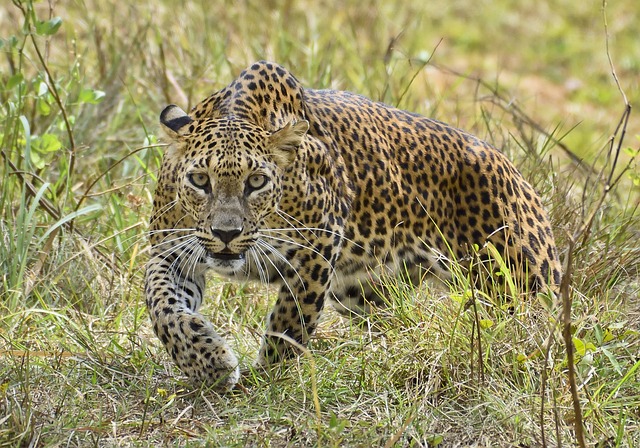
The Majestic Asian Elephant
Sri Lanka’s elephants are a cornerstone of its wildlife heritage. With around 6,000 elephants roaming the island, they can be found in most national parks and sanctuaries. The annual “Gathering” at Minneriya National Park, where hundreds of elephants congregate around the Minneriya Reservoir, is a sight to behold and a testament to the island’s rich biodiversity.
The Elusive Sri Lankan Leopard
The Sri Lankan leopard, a subspecies unique to the island, is the top predator in Sri Lanka’s forests. With its golden coat and rosette-patterned spots, this majestic animal embodies the wild spirit of the island. Yala and Wilpattu National Parks offer the best chances to spot these magnificent creatures.
Marine Marvels
Sri Lanka’s waters are equally rich in biodiversity. The island is one of the best places in the world for whale and dolphin watching. Blue whales, sperm whales, and playful pods of dolphins can be seen off the coasts of Mirissa, Trincomalee, and Kalpitiya. The coral reefs of Hikkaduwa and Pigeon Island teem with vibrant marine life, making them popular destinations for snorkeling and diving.
Birdwatcher’s Paradise
With over 430 species of birds, including 33 endemics, Sri Lanka is a birdwatcher’s dream. Wetlands like Bundala National Park attract large numbers of migratory birds, while the Sinharaja Forest Reserve is a treasure trove of endemic species such as the Sri Lanka blue magpie and Sri Lanka junglefowl.
Conservation Efforts
Sri Lanka’s commitment to preserving its natural heritage is evident in its numerous conservation initiatives. Protected areas cover nearly 15% of the island’s land area. Organizations like the Department of Wildlife Conservation and NGOs work tirelessly to combat threats such as habitat destruction, human-wildlife conflict, and poaching.
Community-based conservation programs have also gained traction, involving local communities in wildlife protection and sustainable tourism. These efforts aim to balance development with ecological preservation, ensuring that future generations can continue to marvel at Sri Lanka’s natural wonders.
The Role of Wildlife Tourism
Wildlife tourism plays a significant role in Sri Lanka’s economy. Safari tours, birdwatching excursions, and whale-watching trips attract thousands of visitors each year. Responsible tourism practices are crucial to minimizing the environmental impact and ensuring the well-being of the wildlife.
Visitors are encouraged to follow guidelines, such as maintaining a respectful distance from animals, avoiding littering, and supporting eco-friendly accommodations. By prioritizing sustainability, travelers can contribute to the conservation of Sri Lanka’s precious ecosystems.
Tips for a Memorable Wildlife Adventure
Choose the Right Time: The dry season (May to September) is ideal for wildlife safaris, as animals are more likely to gather around water sources.
Pack Essentials: Binoculars, a good camera, sunscreen, and insect repellent are must-haves for any wildlife enthusiast.
Hire Knowledgeable Guides: A skilled guide can enhance your experience by spotting hidden animals and providing valuable insights into their behavior.
Respect Nature: Follow park rules, avoid feeding animals, and leave no trace of your visit.
Beyond the Wildlife
While Sri Lanka’s wildlife is undoubtedly a major draw, the island offers much more to explore. From ancient cultural sites like Sigiriya and Polonnaruwa to the picturesque tea plantations of Nuwara Eliya, Sri Lanka’s rich cultural and natural tapestry promises an unforgettable journey.
Conclusion
Sri Lanka’s wildlife is a testament to the island’s extraordinary natural beauty and ecological significance. Whether you’re tracking a leopard through the dense jungles of Yala, watching elephants gather at Minneriya, or marveling at the vibrant coral reefs, every moment spent in Sri Lanka’s wilderness is a celebration of life. By embracing responsible tourism and supporting conservation efforts, we can ensure that this enchanting paradise remains a haven for wildlife for generations to come.
